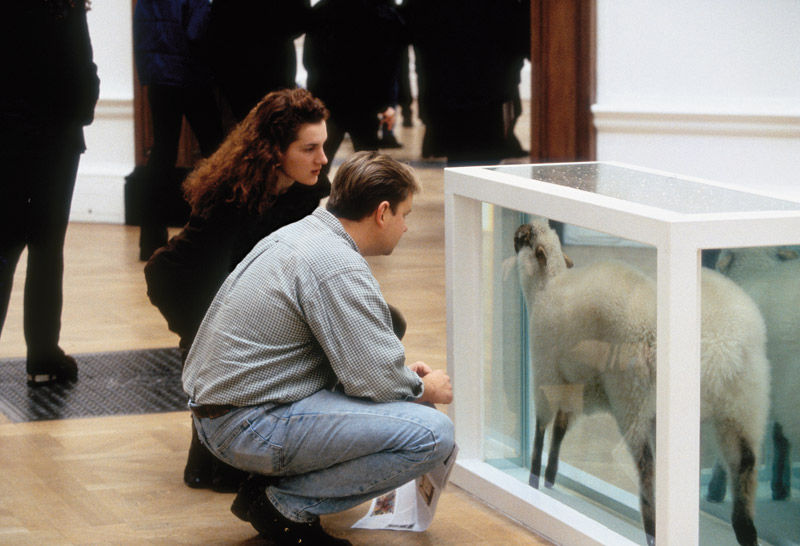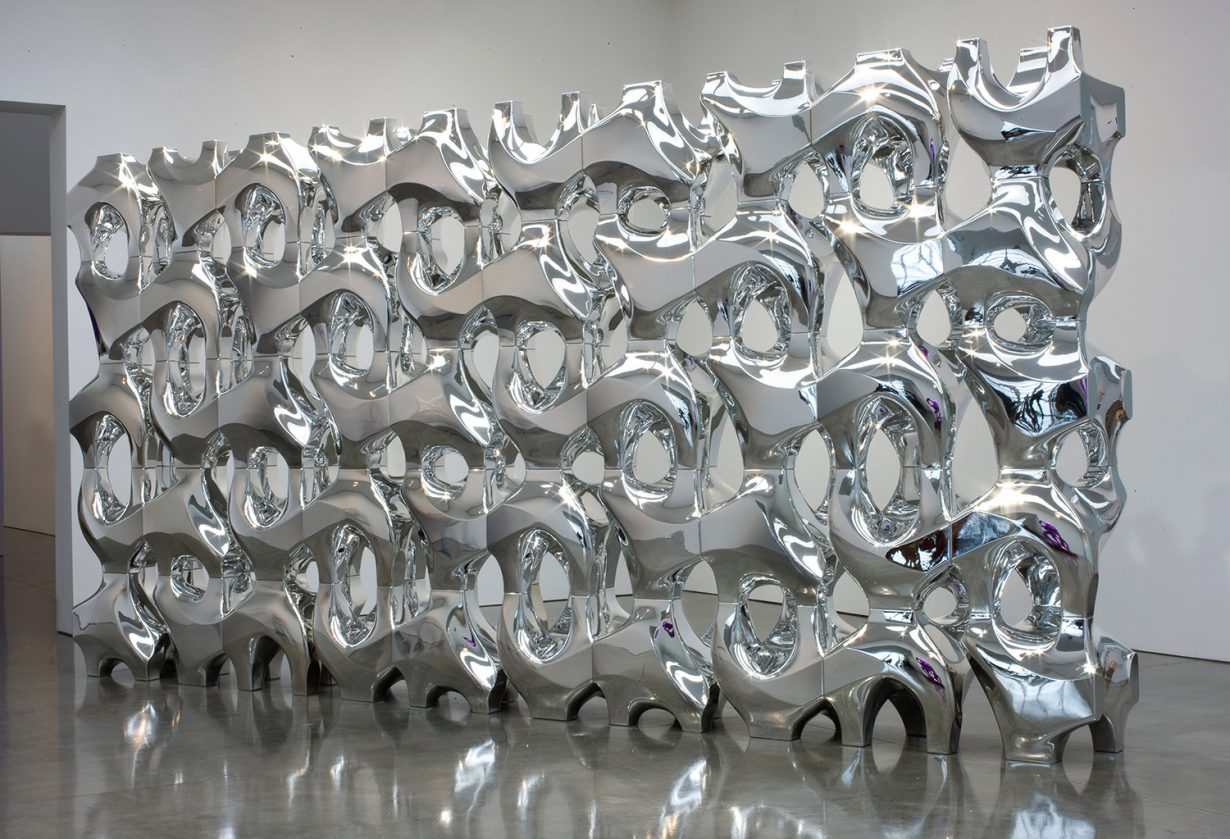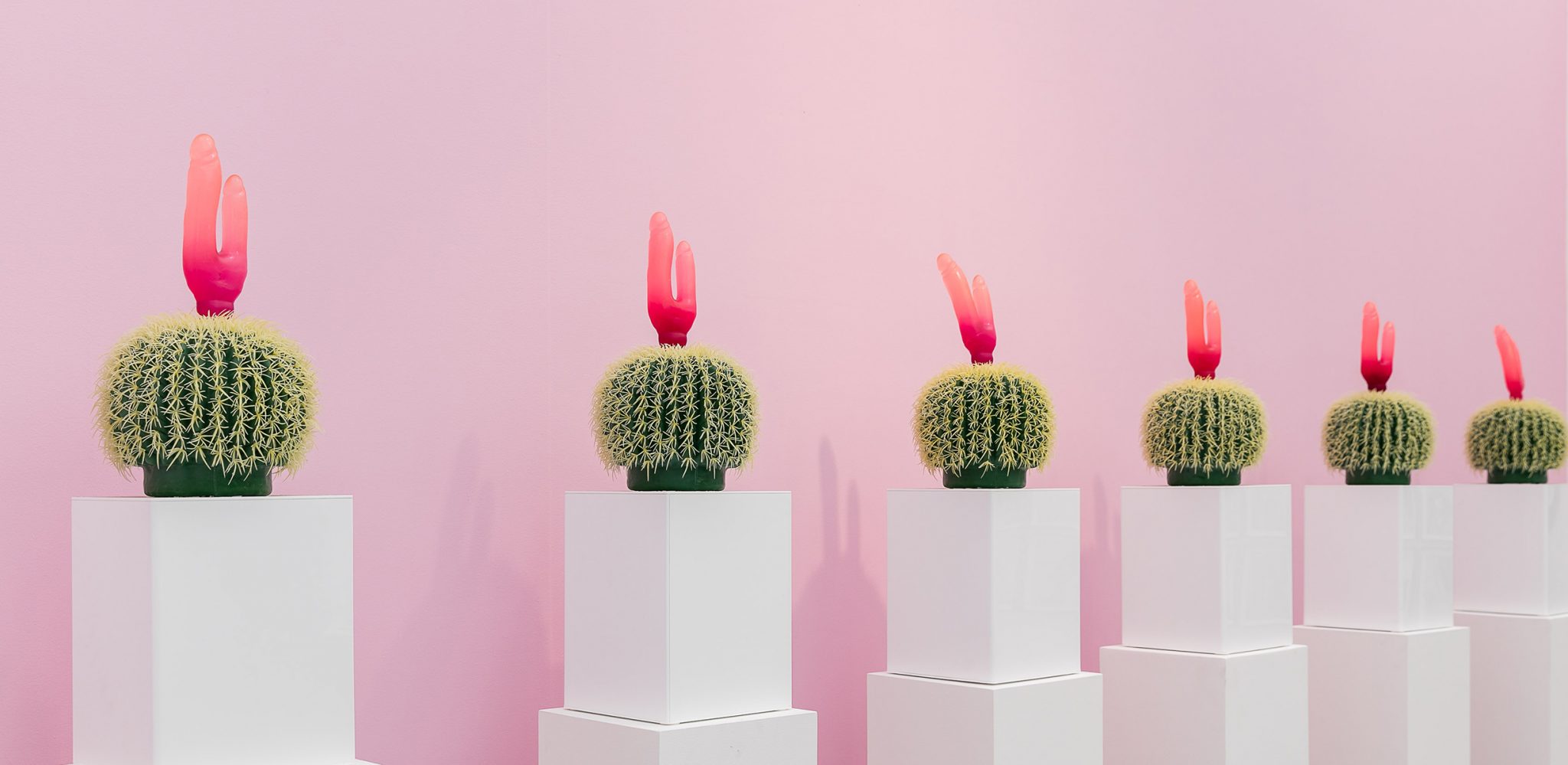I wandered into the contemporary art scene in the mid-1990s, the commercial heyday of Young British Art. This was a movement, a thing – also a hype, of course –and to me, a greenhorn, it made sense that there would be more such things, even after postmodernism had supposedly put an end to progressive developments in visual art and elsewhere. And there were, kind of. First, in London, there was something laughable and cobbled-together called New Neurotic Realism, which demonstrated that collectors (in this case Charles Saatchi) shouldn’t try to launch their own movements. There was a craft revival. There were several painting revivals. There was relational aesthetics, aka a 1960s revival. There was a despondent, rubble-raking revisiting of utopianism.
In the 2000s – I know you know all of this, bear with me – any momentum seemingly shifted to the art infrastructure itself: novelty came in the shape of global biennials and burgeoning internationalism, spectacle, the endlessly dilating art market, the redrafting of the art-historical canon, etc. Meanwhile, as many people have pointed out, art became ever more like fashion, stylistic changes speeding up while seeming to count for less. There’s a season of abstraction and then, just in time for the September issue, we’re back to paintings of people again, maybe with a zesty dash of Surrealism. Misty esotericism gets a moment. Anselm Reyle makes one of his periodic rises from the dead. Amid all this, the last thing that felt like a thing was Post-Internet, almost a decade ago, and mostly it – this work whose elevator pitch to the busy collector was ‘art about the internet’ – wasn’t a very good thing, or at least it isn’t ageing well. (It’ll probably be back, though.)

Pre-pandemic we were having another swing at colourful figurative painting, fizzy yet often soothing. Had things not worked out the way they did, the wind might be going out of that evanescent style’s sails and tastemakers would already be casting around for something interestingly démodé to replace it, maybe underwritten by the discovery of a few brilliant but obscure octogenarian exponents of the style, blessed with studios full of their hitherto unpopular and thus unsaleable output. And, distracted as many viewers have been by there being too much art to process and too many ways to experience it, probably it’d have gotten a pass, this latest wrinkle; certainly the phalanxes of art advisors would have done their best. But it wouldn’t have had a reason to exist, beyond the fact that the old-old thing was now overfamiliar and it was time for the new-old thing, because this year’s fairs and shows can’t look exactly like last year’s; that would be terrible, because art is change. While the wheel of style is spun, the artworld’s wheels spin. Or at least they did.
Aside from a speckling of outstanding outliers, is that now the best a viewer can hope for? That, if a vaccine were found tomorrow and the system regained its former velocity, we’d mostly look forward to a longterm settling of scores in which every neglected artist gets their time in the sun, and that a mixture of new and old artists are convened every few months or years into a tweaked presentation of something grounded enough in familiarity that it doesn’t aggressively impose on our neuroplasticity, because there’s enough else in the world that’ll do that. The upside would be that, over time, we’d all fill the gaps in our art educations: don’t know much about Orphism, or the Incoherents? You will, eventually. The downside is that the cultural weather often feels valedictory even when the work is new, and on a certain level it really makes you tired.

I say this because, although my judgement may be warped by exposure to the malcontents on Art Twitter, I’m not detecting much excitement about the artworld starting up again, in any fashion, beyond the fundamental and substantial fact that a lot of people are hurting financially. Has it, conversely, felt like a tragedy that we couldn’t see what artists are doing next? Not really. I suspect most people have a good idea of what artists are going to do next, with (again) honourable exceptions: something somebody already did, with a twist. It’s not enough, either, to divert one’s interest onto shenanigans like big galleries merging and consolidating; I really don’t want to have to give a shit about that, significant though it is in its way, just because there’s nothing else to look at. But that was somewhat the case before the shutdown. In this sense, as it has done with so many other things, the pandemic has only illuminated what was already awry. Any potential reconstruction, at whatever scale, has to take that into account: the artworld has lately gotten very good at perpetual motion, and meanwhile forgotten about traction.
